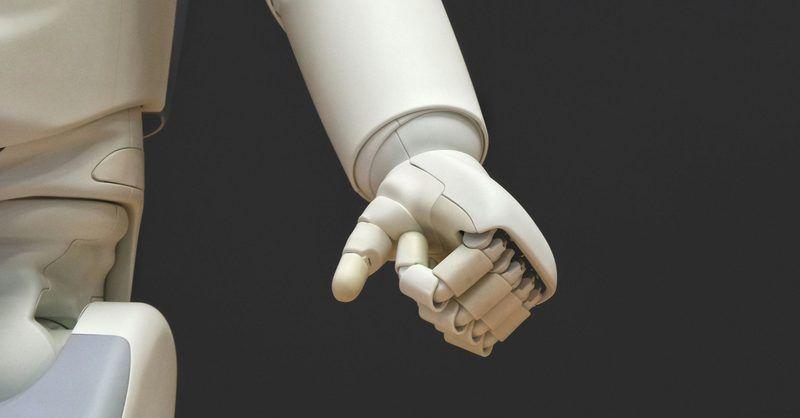Intel's New CEO Acknowledges Challenges, Shifts Focus to Edge AI and PC Market
6 Sources
6 Sources
[1]
Intel's New CEO: We're Not a Chip Leader Anymore
Ouch. As he tries to engineer a turnaround, Intel's new CEO Lip-Bu Tan reportedly told employees he doesn't consider the company a top chipmaker. According to OregonLive, Tan made the remarks in a video broadcasted to Intel employees across the globe. "Twenty, 30 years ago, we are really the leader," he said. "Now I think the world has changed. We are not in the top 10 semiconductor companies." The sentiment won't raise anyone's confidence at the beleaguered chipmaker, which is facing a new round of layoffs in an attempt to cut costs and streamline operations. However, Tan made the statement as rival companies in AMD, Apple, Nvidia and Qualcomm have been producing cutting-edge PC processors and GPUs with the help of Taiwan's TSMC, now considered the top dog in semiconductor manufacturing. TSMC's continued rise has chipped away at Intel's dominance in the PC and server markets -- long its stronghold. Tan himself acknowledged that Intel is not only facing an uphill battle, but might have no choice but to bail from the enterprise AI market, which Nvidia has been dominating. "On training I think it is too late for us," Tan said, according to OregonLive. He noted Nvidia's position has become "too strong" when companies including Meta, xAI and OpenAI have been buying hundreds of thousands of enterprise GPUs from Nvidia. Tan expressed the blunt views amid signs Intel's upcoming chip manufacturing tech, Intel 18A, might face a weaker than expected reception from customers. Reuters reported last week that Tan is concerned Intel's customers won't adopt Intel 18A, even though the chip manufacturing node is designed to be competitive with TSMC's own solutions. During his video remarks, Tan would only say: "Our number one priority is to make sure that our 18A is robust for our internal customer." The second priority is to then shift to Intel's next-generation 14A process, likely for 2027. Tan also told employees he wants Intel to remain focused on bringing AI capabilities to PCs.
[2]
Intel CEO says it's "too late" for them to catch up with AI competition -- claims Intel has fallen out of the "top 10 semiconductor companies" as the firm lays off thousands across the world
Intel has been in a dire state these past few years, with seemingly nothing going right. Its attempt to modernize x86 with a hybrid big.LITTLE architecture, à la ARM, failed to make a meaningful impact, only made worse by last-gen's Lunar Lake chips barely registering a response against AMD's cache-stacked X3D lineup. On the GPU front, the Blue Team served an undercooked product far too late that, while not entirely hopeless, was nowhere near enough to challenge the industry's dominant players. The final nail may have come with Intel's recent loss of contract manufacturing for its upcoming flagship 18A node. All of this compounds into a grim reality, seemingly confirmed by new CEO Lip-Bu Tan in a leaked internal conversation today. According to OregonTech, it's borderline a fight for survival for the once-great American innovation powerhouse as it struggles to even acknowledge being among the top contenders anymore. Despite Tan's insistence, Intel would still rank fairly well given its extensive legacy. While companies like AMD, Nvidia, Apple, TSMC, and even Samsung might be more successful today, smaller chipmakers like Broadcom, MediaTek, Micron, and SK Hynix are not above the Blue Team in terms of sheer impact. Regardless, talking to employees around the world in a QnA session, Intel's CEO shared these bleak words: As evident from the quote, this is a far cry from a few decades ago when Intel essentially held a monopoly over the CPU market, making barely perceptible upgrades each generation in order to sustain its dominance. At one time, Intel was so powerful that it considered acquiring Nvidia for $20 billion. The GPU maker is now worth $4 trillion. It never saw AMD as an honorable competitor until it was too late, and Ryzen pulled the carpet from underneath the Blue Team's feet. Now, more people choose to build an AMD system than ever before. Not only that, but AMD also powers your favorite handhelds like the Steam Deck and Rog Ally X, alongside the biggest consoles: Xbox Series and PlayStation 5. AMD works closely with TSMC, another one of Intel's competitors, as the company makes its own chips in-house. This vertical alignment was once a core strength for the firm, but it has turned into more of a liability these days. Faltering nodes that can't quite match the prowess of Taiwan have arguably held back Intel's processors from reaching their full potential. In fact, starting in 2023, the company tasked TSMC with manufacturing the GPU tile on its Meteor Lake chips. This partnership extended to TSMC, essentially making the entire compute tile for Lunar Lake -- and now, in 2025, roughly 30% of fabrication has been outsourced to TSMC. A long-overdue admission of total failure that could've been prevented had Intel been allowed to make CPUs with external manufacturing in mind from the start. Its own foundry was the limiting factor, and now the rot has already set in. As such, Intel has been laying off thousands across the world in a bid to cut costs. Costs that have skyrocketed due to the high R&D spending for future nodes, and with the company facing a $16 billion loss in Q3 last year, it can't survive on freeballing anymore. Intel's resurrection has to be a "marathon," said Tan, as he hopes to turn around the company culture and "be humble" in listening to shifting demands of the industry. Intel wants to be more like AMD and NVIDIA, who are faster, meaner, and more ruthless competitors these days, especially with the advent of AI. Of course, artificial intelligence has been around for a while, but it wasn't until OpenAI's ChatGPT that a second big bang occurred, ushering in a new era of machine learning. An era almost entirely powered by Nvidia's datacenter GPUs, highlighting another sector where Intel failed to capitalize on its position. Intel, instead plans to shift its focus toward edge AI, aiming to bring AI processing directly to devices like PCs rather than relying on cloud-based compute. Tan also highlighted agentic AI -- an emerging field where AI systems can act autonomously without constant human input -- as a key growth area. He expressed optimism that recent high-level hires could help steer Intel back into relevance in AI, hinting that more talent acquisitions are on the way. "Stay tuned. "A few more people are coming on board," said Tan. At this point, Nvidia is simply too far ahead to catch up to, so it's almost exciting to see Intel change gears and look to close the gap in a different way. That being said, Intel now lags behind in datacenter CPUs, too where AMD's EPYC lineup has overtaken them in the past year, further dwindling the company's confidence. Also last year, Intel's board forced former CEO Pat Gelsinger out of the company and replaced him with Lip-Bu Tan, who seems to have a very different, more streamlined vision for the company. Instead of focusing on several different facets like CPU, GPU, foundry, and more, at once, Lip wants to home in on what the company can do well at one time. This development follow's long-stemming rumors of Intel splitting in two and forming a new foundry division that would act as an independent subsidiary, turning the main Intel into a fabless chipmaker. Both AMD and Apple, Intel's rivals in the CPU market operate like this, and Nvidia has also always used TSMC or Samsung to build their graphics cards. It would be interesting to see the Blue Team shed off weight and move like a free animal in the biome. However, it's too early to speculate given that 18A, Intel's proposed savior, is still a year away, so until Nova Lake launches, we'll just be witnesses to a new Titanic.
[3]
Intel CEO reportedly comes to terms with chipmaker's fall
Comment Pat Gelsinger's tenure as Intel's chief executive was epitomized by his unwavering optimism and ambitious plan to return the ailing chipmaker to its former glory. His successor has no such delusions of grandeur. For Lip-Bu Tan, Intel may as well be a gut job, and he's setting expectations accordingly. In a leaked recording reported by the Oregonian, Tan offered something of a reality check to employees during a Q&A that coincided with yet another round of layoffs. The message was simple: while Intel once reigned supreme over the semiconductor industry, those days are long past. "Twenty, 30 years ago, we are really the leader," he's reported as saying. "The world has changed. We are not in the top 10 semiconductor companies." El Reg reached out to Intel for comment; we'll let you know if we hear anything back. His comments reflect the company's dwindling market cap, which has more than halved over the past 18 months from $211 billion at the end of 2023 to just over $100 billion today. This rapid decline comes in stark contrast to rivals AMD and Nvidia, which have seen their valuations explode as they've ridden a wave of demand for AI infrastructure. Just this week, Nvidia became the first company to surpass a market valuation of $4 trillion. Despite repeated attempts, Intel has largely failed to find a foothold in the AI accelerator arena. In the datacenter, Intel's third-gen Gaudi accelerators launched around the same time as Nvidia's much more powerful Blackwell GPUs. Then, in February, Intel canned Gaudi3's successor, codenamed Falcon Shores, to focus on a rack-scale machine known internally as Jaguar Shores. As we said at the time, Intel missed the AI boat, at least in the datacenter, and it seems that Tan would agree. "On training, I think it's too late for us," he's quoted as saying, characterizing Nvidia's grip on the market as simply "too strong." However, Tan isn't quite ready to give up on the AI market, and instead plans to capitalize on the emerging AI PC arena, where Intel's chips are far more competitive. Tan is apparently jazzed about the prospect of AI agents that can automate entire tasks traditionally performed by people. As things stand, Intel is unlikely to have a competitive GPU or AI accelerator for at least a year, and that's assuming that Intel's GPU team survives the next wave of layoffs. Since taking over as CEO in March, Tan has put Chipzilla on a crash diet, shuttering business units, outsourcing marketing operations, and laying off tens of thousands of employees as he's looked to streamline operations and instill a startup mindset among those spared the ax. At the end of 2024, Intel's headcount stood at 108,900 -- more than three times that of either Nvidia or AMD. Tan, it is reported, believes a smaller Intel will be better prepared to compete. At face value, this mindset makes a lot of sense, until you remember that those companies don't actually build their own chips and Intel does. During Gelsinger's tenure, the company opened its doors to contract manufacturing with the ambition of becoming the second-largest foundry operator in the world after TSMC. However, the extreme cost associated with executing on this plan has weighed heavily on the biz as the foundry has struggled to find external customers for its 2nm-class process tech called 18A. In 2024 alone, Intel's Foundry division racked up more than $13.4 billion in operating losses. Despite mounting losses and rumors of a Foundry spin off, Tan has yet to pull the plug on the manufacturing unit and is pushing ahead with plans to manufacture its Panther Lake processors on 18A starting later this year. According to Tan, Intel needs to prove the technology is good enough for its own products before it can expect to win over external customers - something we've been saying for years now. ®
[4]
Intel CEO reportedly admits 'it is too late for us' to catch AI leaders like Nvidia, but here's how it could still recover
All this indicates a focus on streamlining and also breaking into the AI arena - though not to catch Nvidia directly, but with so-called edge AI Intel's (relatively) new CEO has apparently admitted the gravity of the struggles the company is facing, but it seems that Lip-Bu Tan does have a recovery plan - and a realistic sounding one at that. The Oregonian reported on a recording of a Q&A session with Tan (spotted by Tom's Hardware), which was seemingly broadcast to Intel staff worldwide, and some very interesting comments were made by the chief executive. Take all these quotes with some caution, then, but we're told Tan observed: "20, 30 years ago, we are really the leader. Now I think the world has changed. We are not in the top 10 semiconductor companies." It's a frank admission, and one of many that were made here. Tan said that the layoffs currently underway at Intel mark the start of a 'marathon' effort to make the company more nimble and agile, like rivals such as AMD and Nvidia - and that Intel needed to be 'humble' now. The CEO further admitted that "there's a lot of work to do" in terms of recovering from losing data center market share (turf where AMD's Epyc chips have been making serious headway). Intel has, of course, faced multiple problems in recent history, and the thorniest of these (as far as consumers are concerned) is the various bouts of misfiring around Team Blue's more recent desktop processors. That includes instability woes with previous-gen CPUs and a disappointing performance from current-gen Arrow Lake chips in terms of their gaming prowess, all of which have very much tarnished Intel's reputation among PC buyers and enthusiasts out there. Tan did note that Intel's PC business is "doing a bit better" but that it needed to strengthen its architecture in terms of meeting the demands of 'advanced computing', and a key area is AI. In the sphere of AI, Tan was again candid in terms of Intel missing the boat, saying that: "On [AI] training I think it is too late for us," as Nvidia is just "too strong" in this market at this point, which is clearly the case. However, Tan envisages an inroad for Intel in terms of edge AI, meaning bringing AI directly onto devices (as opposed to accessing it online, via the cloud). The CEO enthuses: "That's an area that I think is emerging, coming up very big, and we want to make sure that we capture." Another big opportunity for Intel, going by Tan's playbook-in-the-writing, is agentic AI, the likes of chatbots that can autonomously handle tasks - at least to an extent. Down the line, we're looking at proactive AI taking action towards set goals (rather than simply reactive bots). In order to progress Intel's AI ambitions, we're told some big hires are being made, including three new vice presidents who have been brought on board to better tap into the AI arena. Tan is under no illusions as to the task ahead, and his words are chosen to reflect that (again, with the caveat that we must be suitably skeptical around these quotes). This is going to be a marathon, and Intel's turnaround won't happen quickly - and the road to recovery is a rather brutal one. The Oregonian (OregonLive) had previously reported on plans to lay off 529 Intel staff in Oregon, which is supposedly happening next week, and other job losses in California, Arizona, and Israel, all of which we've been hearing about recently (and none of which has been publicly confirmed). Manufacturing jobs are being cut by up to 20%, marketing is being shuttered and outsourced, and the automotive division is being shut down. Okay, so all this remains rumors, but there's a feeling of a clearer direction and more of a sense of realism here, compared to the Pat Gelsinger era (the previous CEO at Intel). A focus on streamlining is, as noted, a difficult choice to make, but refocusing is clearly necessary to some extent. It's no secret Intel's in trouble, especially as its latest architecture, the 18A process, is rumored to be floundering, with Team Blue switching to promote the successor, 14A, at least for external customers. AI is obviously a high-value target to capitalize on, as well, and Tan's plans again sound realistic - not trying to catch Nvidia, but to have Intel carve out its own territory in terms of on-device AI. Indeed, there's already a rumor that with its next generation of desktop processors, which is in theory Arrow Lake Refresh arriving later this year, Intel is focusing on implementing a much beefier NPU (chip to accelerate AI tasks on the device). That could allow for Copilot+ features on a desktop PC for the first time ever, as I recently discussed elsewhere in more depth. Some of the pieces of this puzzle may already be moving into place, then. It's going to be interesting to watch what signals - and words - Tan employs in future official statements and earnings calls, and indeed whether this humbler and more realistic vein of thinking, as rumored here, emerges.
[5]
Intel CEO admits: 'we are not in the top 10 semiconductor companies' anymore
Intel CEO Lip-Bu Tan admits the company has fallen behind the competition, says that Intel is 'not in the top 10 semiconductor companies'. As an Amazon Associate, we earn from qualifying purchases. TweakTown may also earn commissions from other affiliate partners at no extra cost to you. Intel CEO Lip-Bu Tan told employees this week that he doesn't consider Intel among the world's leading chip companies, saying: "Twenty, 30 years ago, we are really the leader. Now I think the world has changed. We are not in the top 10 semiconductor companies". The company is too far behind to catch up with NVIDIA in developing technology to train AI, with the new CEO saying that customers are giving Intel failing grades, and that a turnaround for Intel would be a "marathon". Tan said that the recent layoffs that he ordered are a move to make Intel more like its chip-making rivals NVIDIA, AMD, and Broadcom. Tan said "we have to be humble" and that Intel staff need to listen to customers, and respond to their needs. Intel has a market cap of only $100 billion right now, and if you compare that to NVIDIA, which recently hit a milestone $4 trillion market cap, Intel is not just behind, it's almost like a sinking ship in comparison. Intel replaced its CEO Pat Gelsinger, falling radically behind AMD in the CPU business, and has failed the AI business and left it to NVIDIA. Intel held a question-and-answer session this week, with Tan coincided with the start of its mass layoffs that saw thousands of Intel staffers lose their jobs. More staffers will lose their jobs in the weeks and months ahead, as it has shut down its automotive business, outsourced its marketing department, and slices up to one-fifth of its manufacturing operations. Intel is scratching to keep up with its competitors, with Tan noting: "there's a lot of work to do" and that its PC business is "doing a bit better", adding that Intel needs to strengthen its architecture in order to meet the demands of advanced computing. When it comes to AI chips, Intel has no advanced GPUs of its own and has been essentially shut out of the AI boom and left it to NVIDIA and AMD. Tan said: "on training I think it's too late for us" and that NVIDIA's position in the AI market is simply "too strong". Instead, Tan said that Intel will be focusing on "edge" artificial intelligence, where it will bring AI capabilities directly to PC and other devices, instead of operating in centralized computers. The Intel CEO also said that the company wants to explore agentic AI, a new field that enables AI to operate independently without continual direction from people.
[6]
Intel facing a BlackBerry moment as thousands laid off - CEO says too late to catch up with AI as firm falls out of global top 10
Intel CEO Lip-Bu Tan made a shocking admission, saying it's now "too late" for Intel to catch up in the AI race, as the company falls out of the top 10 semiconductor companies. Once a leader in chipmaking, Intel now faces massive layoffs, a $16 billion loss, and increasing reliance on TSMC for chip production. The company has lost ground to rivals like Nvidia, AMD, and Apple, especially in AI and data centers. With a renewed focus on edge AI and agentic systems, Tan promises change, but Intel's future remains uncertain. Read how the tech giant plans to reinvent itself.
Share
Share
Copy Link
Intel's new CEO, Lip-Bu Tan, admits the company's decline in the semiconductor industry and outlines a strategy to regain competitiveness by focusing on edge AI and the PC market.
Intel's Fall from Grace
Intel, once the undisputed leader in the semiconductor industry, has faced a stark reality check under its new CEO, Lip-Bu Tan. In a candid address to employees, Tan acknowledged the company's diminished status, stating, "Twenty, 30 years ago, we are really the leader. Now I think the world has changed. We are not in the top 10 semiconductor companies"
1
2
. This admission comes as Intel grapples with a series of setbacks, including a significant drop in market capitalization from $211 billion at the end of 2023 to just over $100 billion today3
.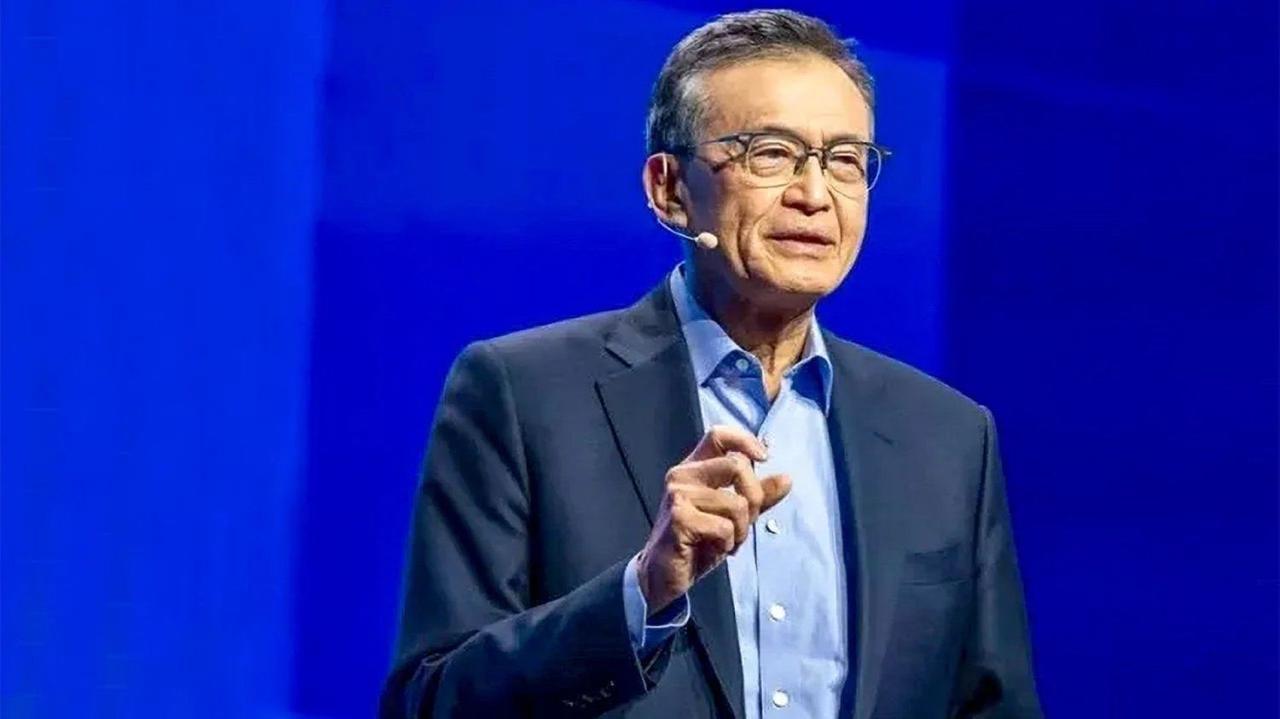
Source: TweakTown
Competitive Landscape and AI Challenges
The semiconductor landscape has shifted dramatically, with companies like AMD, Nvidia, Apple, and TSMC making significant strides. Nvidia, in particular, has become a dominant force in the AI chip market, recently surpassing a $4 trillion market valuation
3
4
. Intel's attempts to enter the AI accelerator market have largely fallen short, with Tan conceding, "On training I think it is too late for us," referring to Nvidia's stronghold in the AI training sector1
3
.Restructuring and New Focus Areas
To address these challenges, Intel is undergoing a significant restructuring process. Tan has initiated layoffs affecting thousands of employees across various departments and regions
4
5
. The company is streamlining operations, shuttering its automotive division, and outsourcing marketing functions3
5
.Edge AI and PC Market Strategy
Despite setbacks in the data center AI market, Tan sees opportunities in edge AI and the PC market. He emphasized bringing AI capabilities directly to devices like PCs, stating, "That's an area that I think is emerging, coming up very big, and we want to make sure that we capture"
4
. Intel is also exploring agentic AI, which allows AI systems to operate more autonomously4
5
.
Source: TechRadar
Manufacturing and Process Technology
Intel's manufacturing arm, once a core strength, has become a liability in recent years. The company has struggled to find external customers for its advanced 18A process technology, accumulating significant losses in its Foundry division
3
. Tan stressed the importance of proving 18A's viability for internal products before seeking external customers3
.Related Stories
Cultural Shift and Future Outlook
Tan is advocating for a cultural transformation within Intel, emphasizing the need to "be humble" and more responsive to customer needs
1
2
. He describes the turnaround effort as a "marathon," indicating a long-term perspective on the company's recovery1
4
.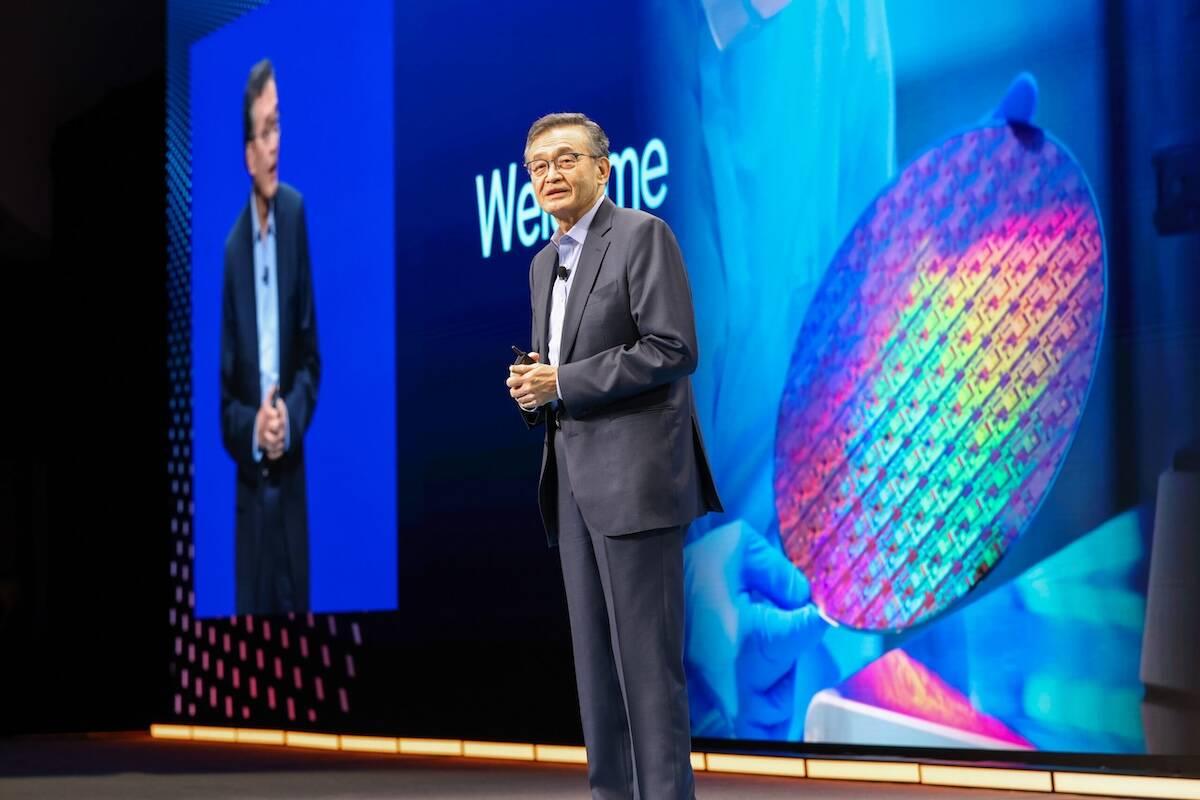
Source: The Register
Conclusion
Intel's journey under Lip-Bu Tan's leadership marks a significant shift from the optimism of his predecessor, Pat Gelsinger. By acknowledging the company's current position and focusing on realistic goals in edge AI and PC markets, Intel aims to regain its competitive edge in the evolving semiconductor landscape. However, the road ahead remains challenging, with the success of this new strategy yet to be determined.
References
Summarized by
Navi
[1]
[3]
Related Stories
Intel's New CEO Lip-Bu Tan Outlines Ambitious Turnaround Strategy
01 Apr 2025•Business and Economy
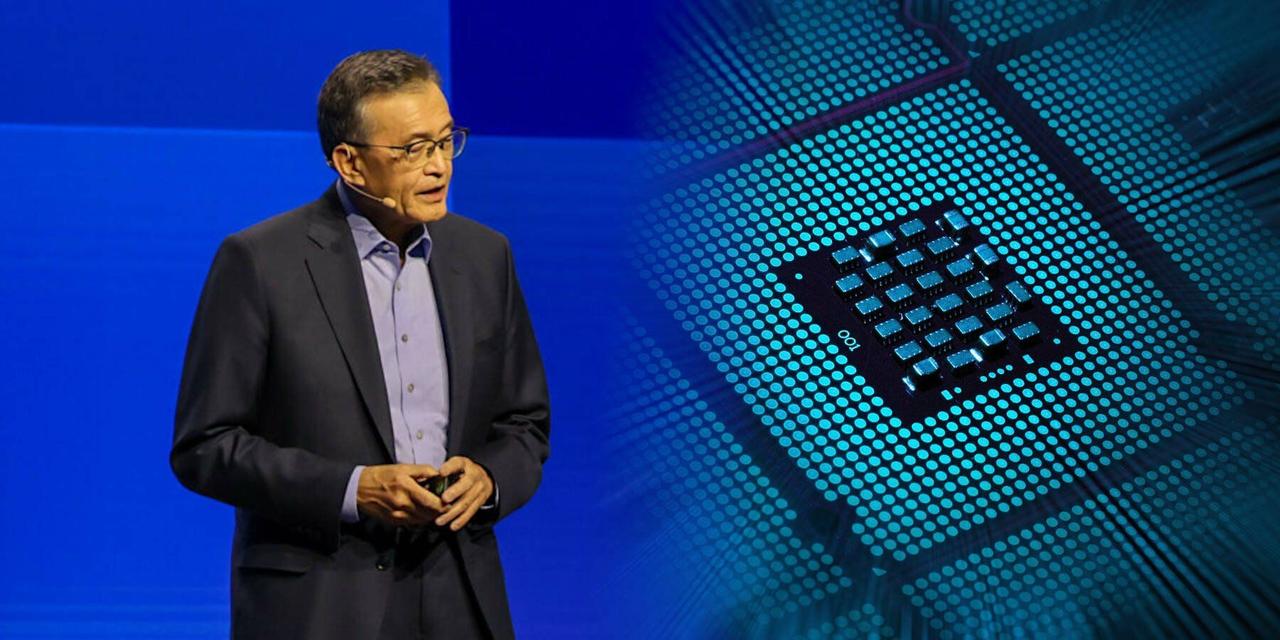
Intel's Turnaround Strategy: CEO Lip-Bu Tan Urges Patience Amid AI and Manufacturing Challenges
25 Apr 2025•Business and Economy
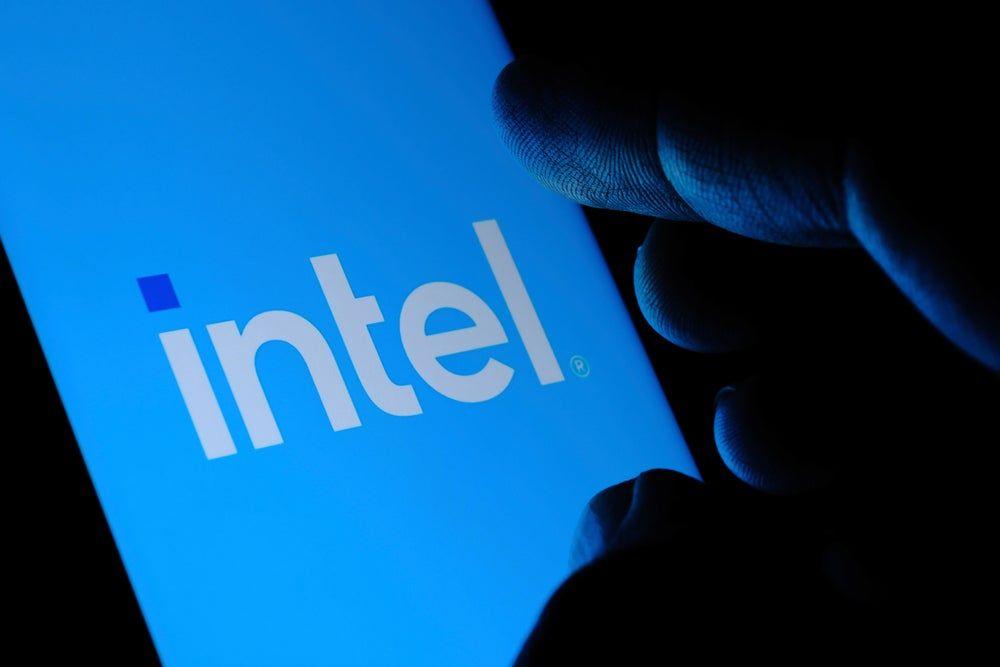
Intel's Strategic Overhaul: Job Cuts, European Retreat, and AI Pivot Amid Ongoing Struggles
25 Jul 2025•Business and Economy
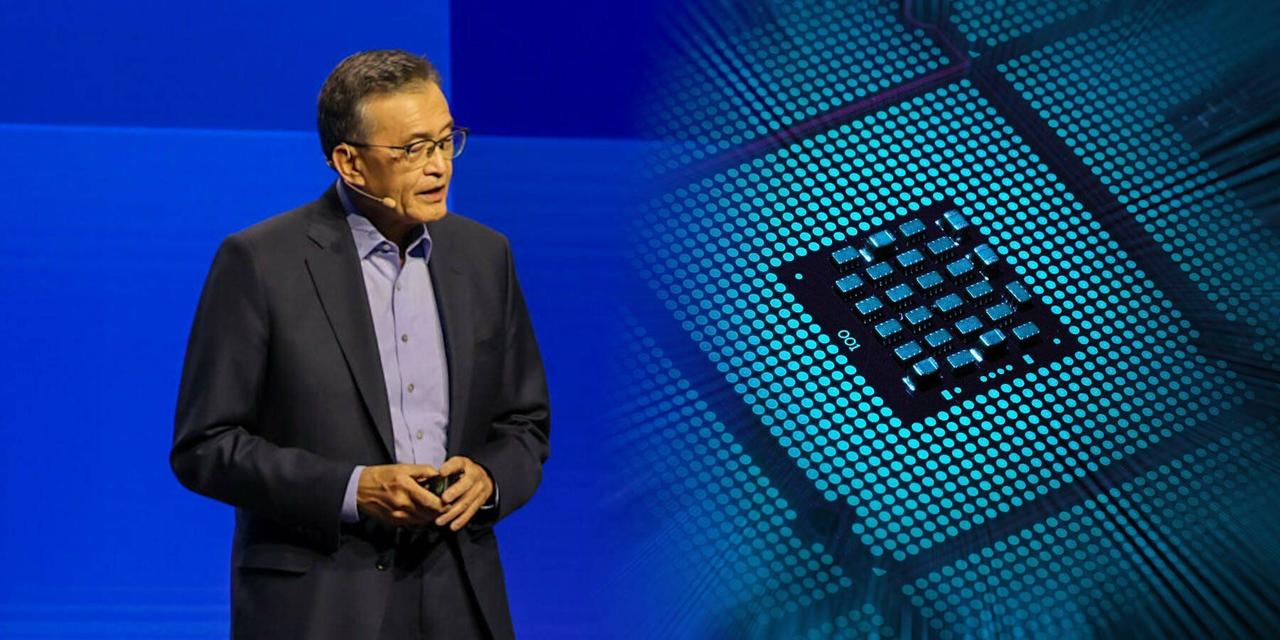
Recent Highlights
1
Nvidia locks in $20 billion Groq deal, securing AI chip rival's technology and talent
Business and Economy

2
Chinese AI Models Close Gap With US Systems as Open-Source Strategy Reshapes Global Tech Order
Policy and Regulation

3
Doctors warn AI companions threaten mental health as kids turn to chatbots for friendship
Health




